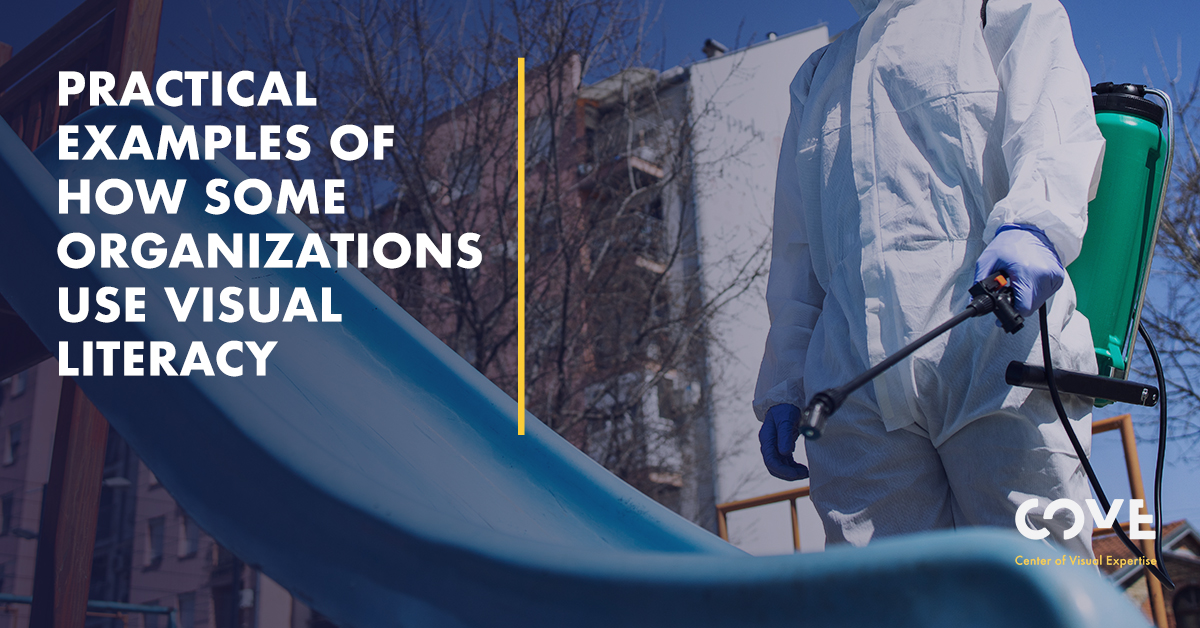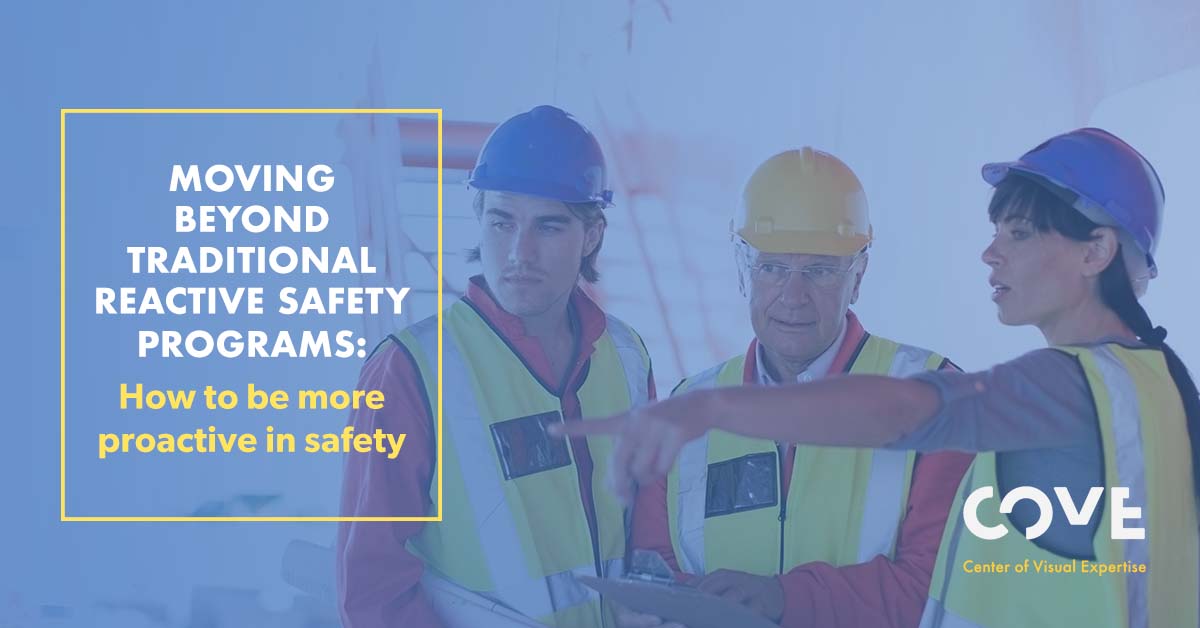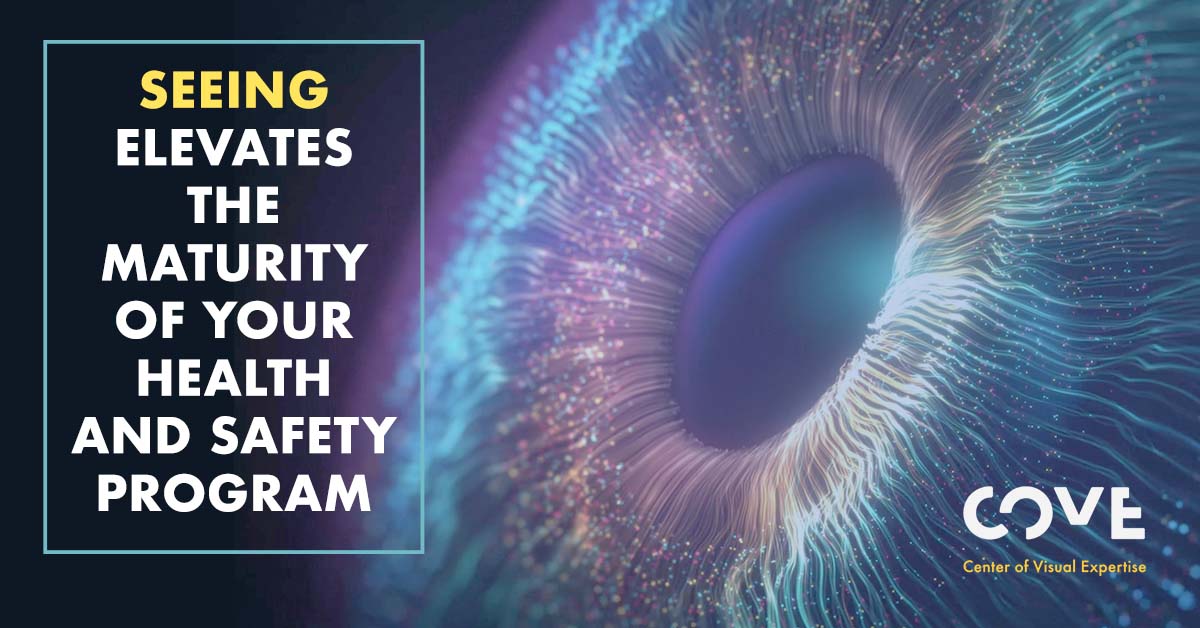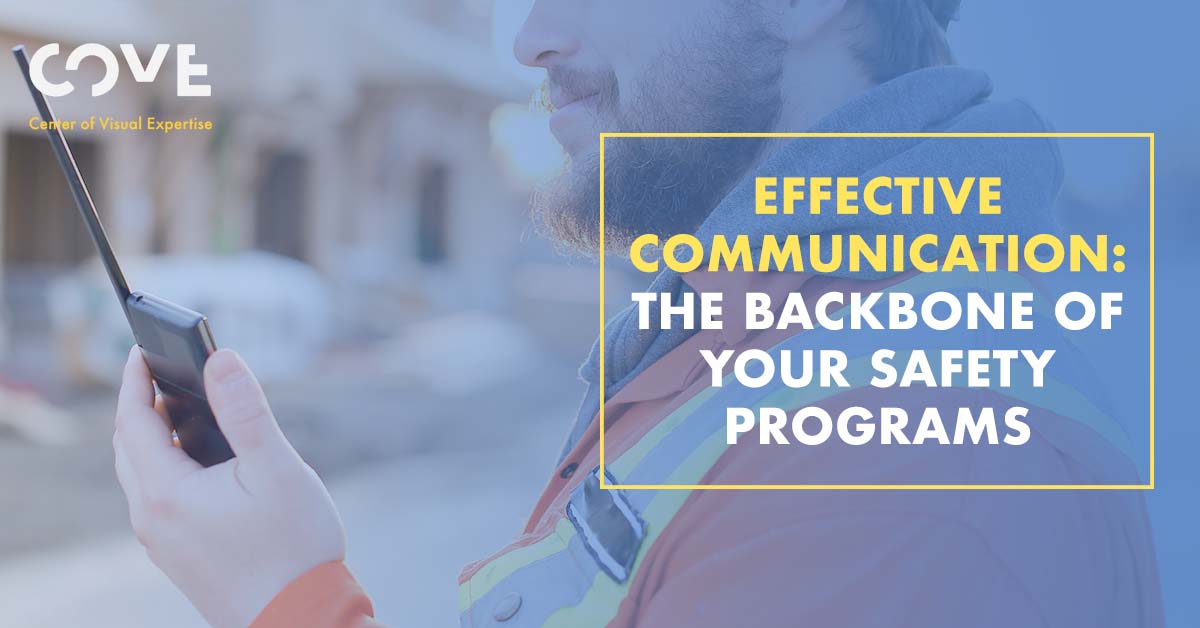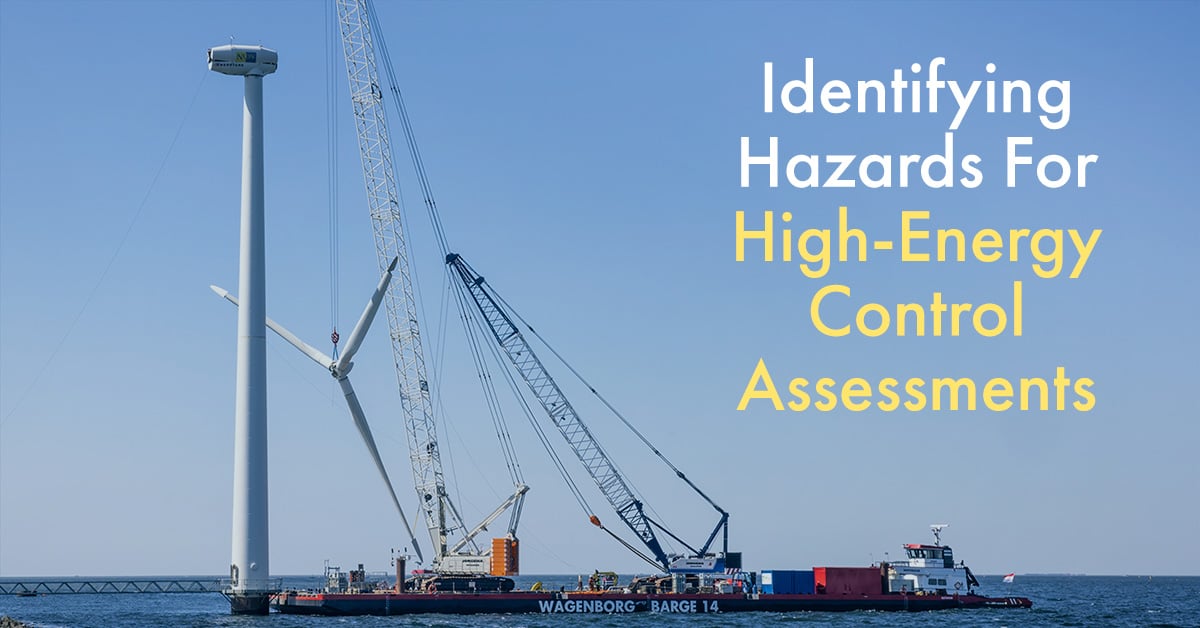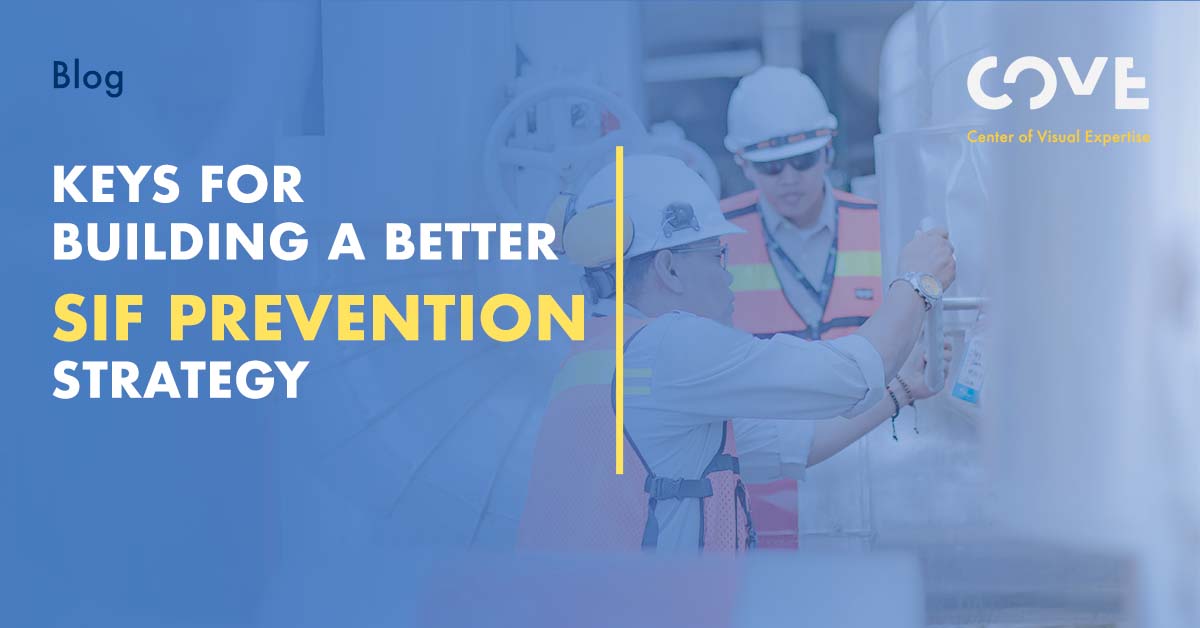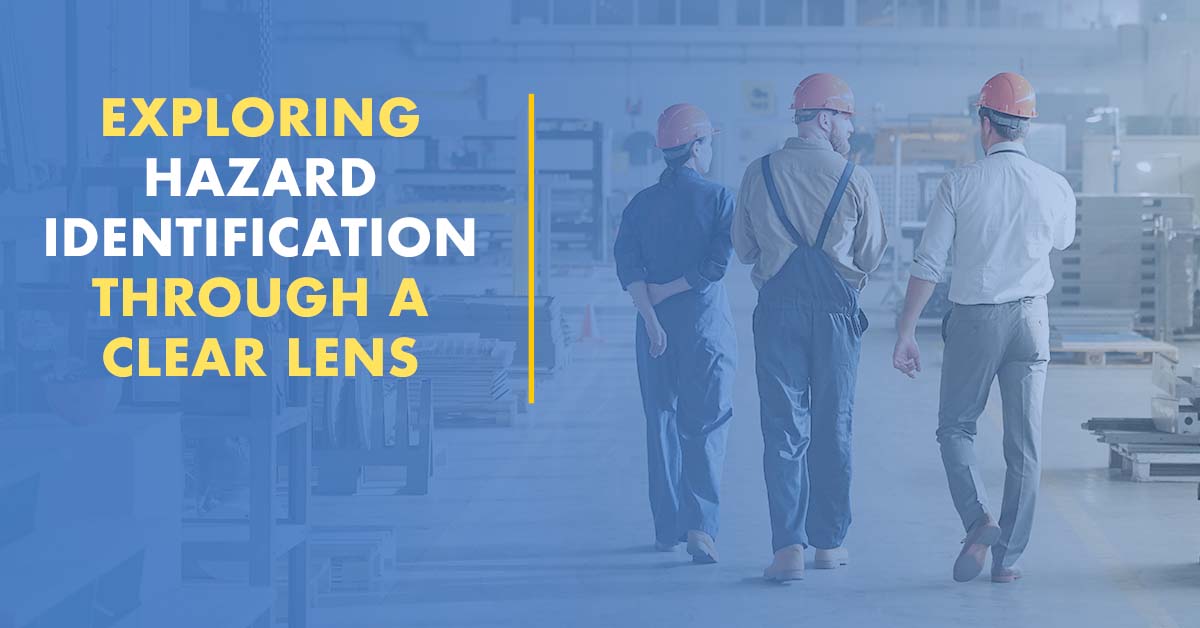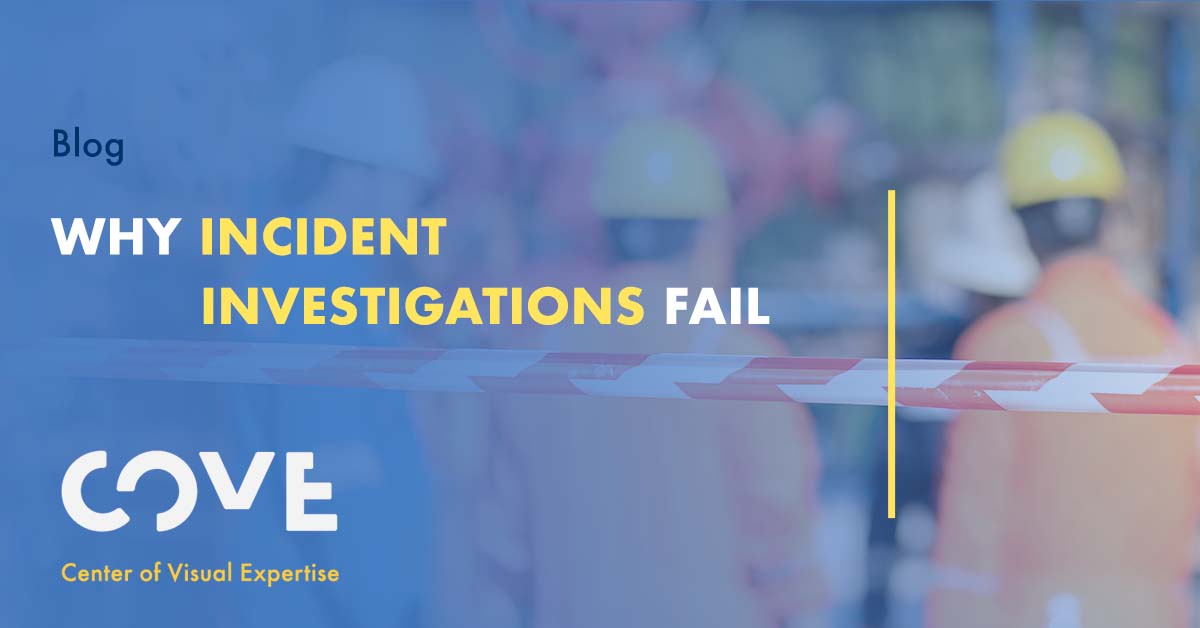By Dave Johnson on May 25, 2021 9:45:00 AM
Businesses take different approaches to implementing Visual Literacy, improving their employees’ ability for Seeing the Whole PICTURE®, depending on organization size, type of industry, training resources, and where safety improvement is most needed – representing the scope of the Visual Literacy deployment. The goal is to use the concepts as enablers to elevate performance in specific areas.
Strategies and specific targets vary, but these best practices are particularly important:
- Use Visual Literacy training to supplement your general awareness and compliance training and incorporate Visual Literacy into your existing procedures such as hazard recognition and incident investigation. It does not constitute your entire safety program.
- Develop a core group of Visual Literacy subject matter experts or a project leadership team trained by the Center of Visual Expertise’s (COVE) before implementation. Your Visual Literacy leadership can reinforce applications and coach employees on the tools and techniques, as well as look for other operational opportunities to implement concepts. This is how companies integrate Visual Literacy into organizational performance.
- Expand the core knowledge of Visual Literacy to your workforce in short training sessions led by your subject matter experts who have attended the in-depth COVE workshop. Training to improve visual acuity might be two hours for supervisors or 15 minutes for on-site workers. Time can be saved by using worker orientation training to focus on applying the Elements of Art (color, space, texture, lines and shapes) to deconstruct work environments and see hazards that normally just fall into the background.
- Evaluate metrics associated with the use of Visual Literacy to understand how Visual Literacy contributes to specific safety performance improvements. After training, one company identified 132 issues using elements of Visual Literacy and submitted and corrected 25 hazards. Visual Literacy elements used to identify hazards were charted, such as the Elements of Art and movement, contrast, proportion and balance. The types of hazards, such as slips, trips and falls and machine hazards, were also documented.
- Share your Visual Literacy knowledge with stakeholders such as contractors, subcontractors, part-time or contract workers, visitors, customers and clients.
The following two case studies show these best practices in action.
Park District Risk Management Agency (PDRMA)
The Park District Risk Management Agency (PDRMA), headquartered in Lisle, Illinois, is an intergovernmental risk pool in Illinois that serves more than 150 state park districts, forest preserves and special recreation associations.
PDRMA’s risk management and training staff attended COVE’s Visual Literacy in Safety program as part of their professional development plan, according to Bill Hooker, associate in risk management (ARM) and PDRMA’s training program supervisor. Most have attended a virtual session. Bill had the opportunity to attend an on-site session in Toledo.
“Both programs are very well done, using state of art instructional design and delivery methods,” he says. “The facilitators do an excellent job engaging participants in the case studies. The networking with other professionals and sharing learning experiences is a key part of the program.”
The agency’s staff currently utilize Visual Literacy concepts during visits to member clients as they perform onsite building, job site and program observations, as well as during the investigation of incidents.
On an informal basis, Bill says PDRMA shares Visual Literacy concepts with its member clients. “We have highlighted the concepts as part of our playground and building inspection programs and as part of a case study during our supervisory injury prevention program. Participants have expressed that the concepts have allowed them to look differently at the case study scenario,” says Bill.
PDRMA has discovered Visual literacy benefits go well beyond visual observations or inspections. The concepts promote critical thinking.
“Actively utilizing the visual literacy process provides our staff the tools to look at things differently, process what they are seeing, reflect upon bias versus a fact-based analysis and more accurately document our observations in a report to share with our member clients,” explains Bill. “I’ve found the concepts to be especially helpful as part of an accident investigation scenario. The concepts provide the framework for deeper analysis of a picture, video or scene and focus your thoughts to a fact-based observation rather than speculating or allowing bias to influence your investigative thought process.”
The agency is in the process of creating a strategic plan to formally incorporate Visual Literacy principles into its training offerings. It is working with COVE to learn more about how other COVE clients have formally implemented the program into existing programs.
Liberty Algonquin Business Services
Liberty Algonquin Business Services provides regulated water, electricity and natural gas utility services to more than one million customers, primarily in North America. Based in Oakville, Ontario, Liberty’s 30-year commitment to sustainability includes fostering a positive safety culture promoting ownership, accountability and care.
Liberty is utilizing the techniques of Visual Literacy “by incorporating the specific tool sets and image identification into our incident investigation training,” says Gary Sommer, certified safety professional (CSP), senior program manager for environmental health and safety. “By training a core group of select employees we hope to sharpen the details in investigations to give a fuller picture and avoid any bias that may creep into the system.”
Gary says the benefits of using Visual Literacy are threefold. By training employees to look at things in a different way or from a different viewpoint, employees obtain a clearer picture which may reveal important details they had not previously noticed. This helps both with in-field and equipment inspections as well as with hazard assessments.
The second value: the process of looking at things differently coupled with the knowledge of “not filling in the gaps” helps employees to report more succinctly and keep to the facts, says Gary. This has made a positive difference in accident reporting.
“Lastly, addressing bias that may have been totally missed has allowed for obtaining that ‘clearer’ picture of the facts and the details,” Gary explains.
Liberty intends to provide Visual Literacy training to all personnel, according to Gary. “It has become second nature to those who are using it,: he says. Time demands and job constraints must be overcome to get the concepts to everyone. Liberty plans to incorporate Visual Literacy into its safety toolbox “to normalize it among our workforce,” he says.
What these best practices teach us:
- Visual Literacy concepts are customized for each worksite.
- Use Visual Literacy “champions” or subject matter experts who have attended COVE’s comprehensive workshop to train employees at your site or facility and lead the implementation of giving employees a clearer picture of workplace hazards.
- Be sure to document the outcomes of Visual Literacy implementations, such as hazards found and fixed, types of hazards, and components of the Elements of Art used to identify hazards.
If you have a project (construction, facility turnaround, etc.) or a problem with specific types of injuries (such as slips, trips, and falls) that could benefit from the Visual Literacy activities and concepts described in these case studies, contact us at (567) 343-1405 or info@coverctr.com. Most companies begin by participating in one of the Foundations of Visual Literacy Open Workshops. Workshops at your location tailored to the extent possible to your specific safety challenges are also offered.
